Home>Furniture & Design>Interior Design Trends>What Can Go Through Glass Without Breaking It


Interior Design Trends
What Can Go Through Glass Without Breaking It
Published: February 4, 2024
Discover the latest interior design trends and learn what can go through glass without breaking it. Explore innovative ideas for your home decor.
(Many of the links in this article redirect to a specific reviewed product. Your purchase of these products through affiliate links helps to generate commission for Storables.com, at no extra cost. Learn more)
Introduction
Glass is a material that has fascinated and served humanity for millennia. Its transparent and fragile nature has made it an essential component in architecture, design, and everyday objects. However, have you ever wondered what can pass through glass without shattering it? This question sparks curiosity and prompts us to explore the intriguing properties of glass and the materials that can interact with it without causing damage.
In this article, we will delve into the fascinating world of glass and the surprising substances that can traverse its surface without breaking it. From common household items to scientific marvels, we will uncover the secrets behind this phenomenon and its practical implications. So, let's embark on this captivating journey to unravel the mysteries of what can go through glass without breaking it.
Key Takeaways:
- Glass allows light, sound, gases, water, magnetic fields, and radio waves to pass through without breaking, shaping our world with transparency and practical applications.
- The unique properties of glass enable it to interact with diverse materials, inspiring innovation in architecture, technology, and everyday objects.
Read more: How To Break Glass Without Shattering
Types of Materials that Can Go Through Glass
Glass, despite its fragile appearance, possesses unique properties that allow certain materials to pass through it without causing breakage. Let's explore the intriguing array of substances that can interact with glass in surprising ways:
-
Light: One of the most common and captivating materials that can effortlessly traverse through glass is light. The transparent nature of glass enables photons to pass through its surface, allowing us to see through windows and glass panes. This phenomenon is fundamental to the functionality of windows, lenses, and optical devices, making glass an indispensable material in the field of optics.
-
Sound: Surprisingly, sound waves can also permeate through glass without causing it to break. When sound waves encounter a glass surface, they can transmit vibrations, allowing us to hear sounds from the other side. This property has practical applications in soundproofing and the design of acoustic barriers, where glass can be used to control the transmission of sound while maintaining visibility.
-
Gases: While solid objects may struggle to pass through glass, gases such as air can effortlessly diffuse through its porous structure. This permeability to gases is essential in various applications, including the manufacturing of double-pane windows, where the space between glass layers is filled with insulating gases to improve thermal efficiency.
-
Water: In its liquid state, water can also interact with glass without breaking it. This property is harnessed in everyday objects such as aquariums and terrariums, where glass enclosures provide a transparent barrier for containing water and creating visually appealing displays.
-
Magnetic Fields: Another fascinating material that can interact with glass is a magnetic field. While glass itself is not magnetic, it does not impede the passage of magnetic fields, making it suitable for use in scientific instruments and devices that utilize magnetic technologies.
-
Radio Waves: Glass is transparent to radio waves, allowing them to pass through without obstruction. This property is leveraged in the design of communication devices and infrastructure, where glass enclosures can house electronic equipment without interfering with radio wave transmission.
The diverse range of materials that can interact with glass without causing breakage showcases the versatility and unique properties of this ubiquitous material. Understanding these interactions not only enriches our knowledge of glass but also inspires innovative applications across various fields, from architecture and design to scientific research and technology.
Scientific Explanation
The ability of certain materials to pass through glass without breaking it is rooted in the molecular structure of both the glass and the interacting substances. At a fundamental level, glass is composed of densely packed molecules in a non-crystalline, amorphous arrangement. This unique structure gives glass its transparency and allows certain materials to interact with it in intriguing ways.
When it comes to light, the electromagnetic nature of photons enables them to traverse through the gaps between glass molecules without causing disruption. This phenomenon is a result of the matching frequency of light waves and the spacing of the glass molecules, allowing photons to propagate through the material with minimal impedance.
Sound waves, on the other hand, can transmit through glass due to the elastic nature of the material. When sound encounters a glass surface, the vibrations are transmitted through the molecular lattice, allowing the sound waves to propagate to the other side. This property is harnessed in architectural design, where glass partitions and windows can facilitate the transmission of sound while maintaining visual connectivity.
The permeability of gases through glass is attributed to the porous nature of the material at a microscopic level. Despite appearing solid, glass contains minuscule gaps between its molecules, enabling gases to diffuse through its structure. This property is leveraged in the manufacturing of energy-efficient windows, where insulating gases are sealed between glass layers to enhance thermal insulation.
Water's interaction with glass is facilitated by the adhesive forces between the water molecules and the glass surface. This adhesion allows water to form a thin layer on the glass, creating the illusion of water "sticking" to the surface. In the case of aquariums and terrariums, the cohesive and adhesive properties of water, combined with the transparency of glass, enable captivating displays of aquatic and terrestrial environments.
The passage of magnetic fields through glass is a result of the non-magnetic nature of the material. Unlike ferromagnetic substances that can obstruct magnetic fields, glass allows these fields to permeate through its structure without interference. This property is essential in the construction of scientific instruments and electronic devices that utilize magnetic technologies.
In the realm of radio waves, glass's transparency to electromagnetic radiation enables radio waves to pass through without attenuation. This property is integral to the design of communication infrastructure, where glass enclosures can house electronic equipment while allowing seamless transmission of radio signals.
The scientific explanation behind the interaction of various materials with glass provides a deeper understanding of the molecular dynamics and properties of this ubiquitous material. By unraveling these phenomena, scientists and innovators continue to explore novel applications and technologies that leverage the unique characteristics of glass and its interactions with diverse substances.
Applying a transparent adhesive tape to both sides of the glass can help prevent it from breaking when a force is applied. This technique can be useful when handling delicate glass objects or when trying to protect a glass surface from damage.
Practical Applications
The diverse interactions between glass and various materials give rise to a wide array of practical applications across different industries and everyday scenarios. Understanding these applications sheds light on the versatility and utility of glass as a material that facilitates unique interactions without compromising its structural integrity.
In architecture and construction, the use of glass in windows, skylights, and facades capitalizes on its transparency to light and sound. Glass allows natural light to illuminate interior spaces while providing visual connectivity with the surrounding environment. Additionally, soundproof glass partitions and barriers enable the transmission of light while mitigating the transmission of sound, contributing to acoustic comfort in buildings and public spaces.
The permeability of gases through glass has significant implications in the manufacturing of energy-efficient windows. Double-pane and triple-pane windows utilize insulating gases sealed between glass layers to enhance thermal insulation, reducing heat transfer and improving the overall energy efficiency of buildings. This application is instrumental in sustainable architecture and the quest for environmentally conscious building designs.
In the realm of scientific research and technology, the interaction of glass with magnetic fields has led to the development of specialized laboratory equipment and magnetic containment devices. Glass enclosures and vessels are utilized in experiments and processes that involve magnetic fields, providing a transparent and non-interfering environment for scientific observations and manipulations.
The transparency of glass to radio waves finds practical use in the design of communication infrastructure and electronic devices. Glass enclosures and housings for communication equipment enable the seamless transmission of radio signals, ensuring reliable connectivity while maintaining a protective barrier for sensitive electronic components.
Furthermore, the cohesive and adhesive properties of water interacting with glass have inspired the design of aquariums, terrariums, and aquatic displays. Glass enclosures provide a visually captivating and structurally secure environment for housing aquatic ecosystems, allowing enthusiasts to observe and appreciate marine life and plant species with clarity and aesthetic appeal.
The practical applications of glass interactions extend beyond these examples, permeating various aspects of modern life and industry. From optical devices and scientific instruments to everyday objects and architectural marvels, the unique properties of glass and its interactions with light, sound, gases, water, magnetic fields, and radio waves continue to inspire innovation and creativity across diverse fields.
This comprehensive exploration of practical applications underscores the enduring relevance of glass as a material that not only enables transparent visibility but also facilitates intriguing interactions with the surrounding world, shaping our built environment and technological advancements in profound ways.
Conclusion
The exploration of what can go through glass without breaking it has unveiled the remarkable properties and interactions of this ubiquitous material. From the passage of light and sound to the permeability of gases and the captivating displays of water and magnetic fields, glass continues to captivate and inspire through its unique characteristics.
The scientific explanation behind these interactions delves into the molecular dynamics and structural properties of glass, shedding light on the fundamental principles that govern its interactions with diverse materials. This deeper understanding not only enriches our knowledge of glass but also fuels ongoing research and innovation across scientific, architectural, and technological domains.
The practical applications stemming from these interactions underscore the indispensable role of glass in shaping our built environment, technological advancements, and everyday experiences. Whether it's the energy-efficient windows that enhance sustainability in architecture, the transparent enclosures that facilitate scientific observations, or the seamless transmission of radio signals in communication infrastructure, glass continues to be a material of boundless potential and versatility.
As we conclude this exploration, it becomes evident that the allure of glass lies not only in its transparency but also in its ability to facilitate intriguing interactions with the world around us. From architectural marvels that harness natural light to scientific instruments that leverage magnetic containment, glass stands as a testament to human ingenuity and the enduring quest for understanding and harnessing the properties of materials.
In essence, the question of what can go through glass without breaking it unveils a world of scientific wonder, practical ingenuity, and aesthetic allure. It invites us to appreciate the subtle yet profound interactions that shape our perception of the world and the innovations that enrich our lives. As we continue to push the boundaries of material science and design, glass remains a timeless symbol of transparency, resilience, and endless possibilities.
Frequently Asked Questions about What Can Go Through Glass Without Breaking It
Was this page helpful?
At Storables.com, we guarantee accurate and reliable information. Our content, validated by Expert Board Contributors, is crafted following stringent Editorial Policies. We're committed to providing you with well-researched, expert-backed insights for all your informational needs.
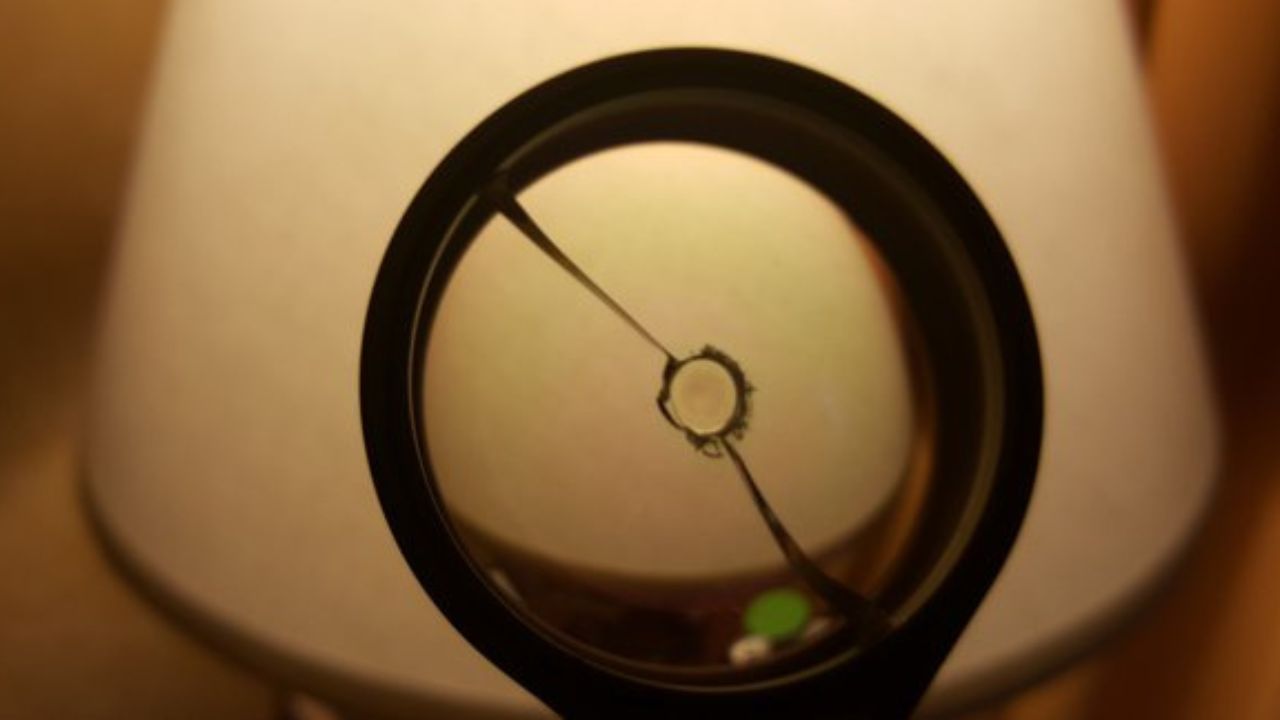

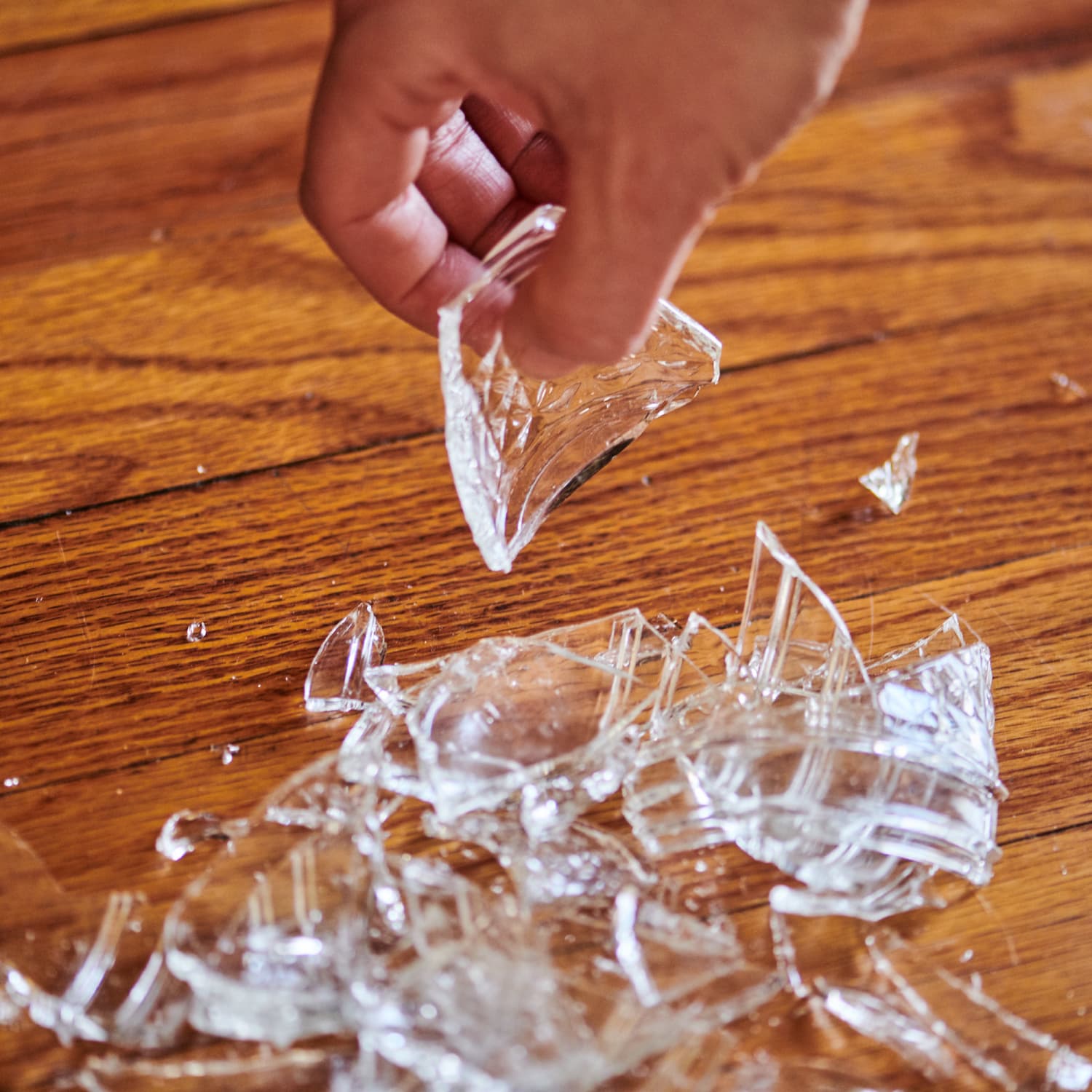
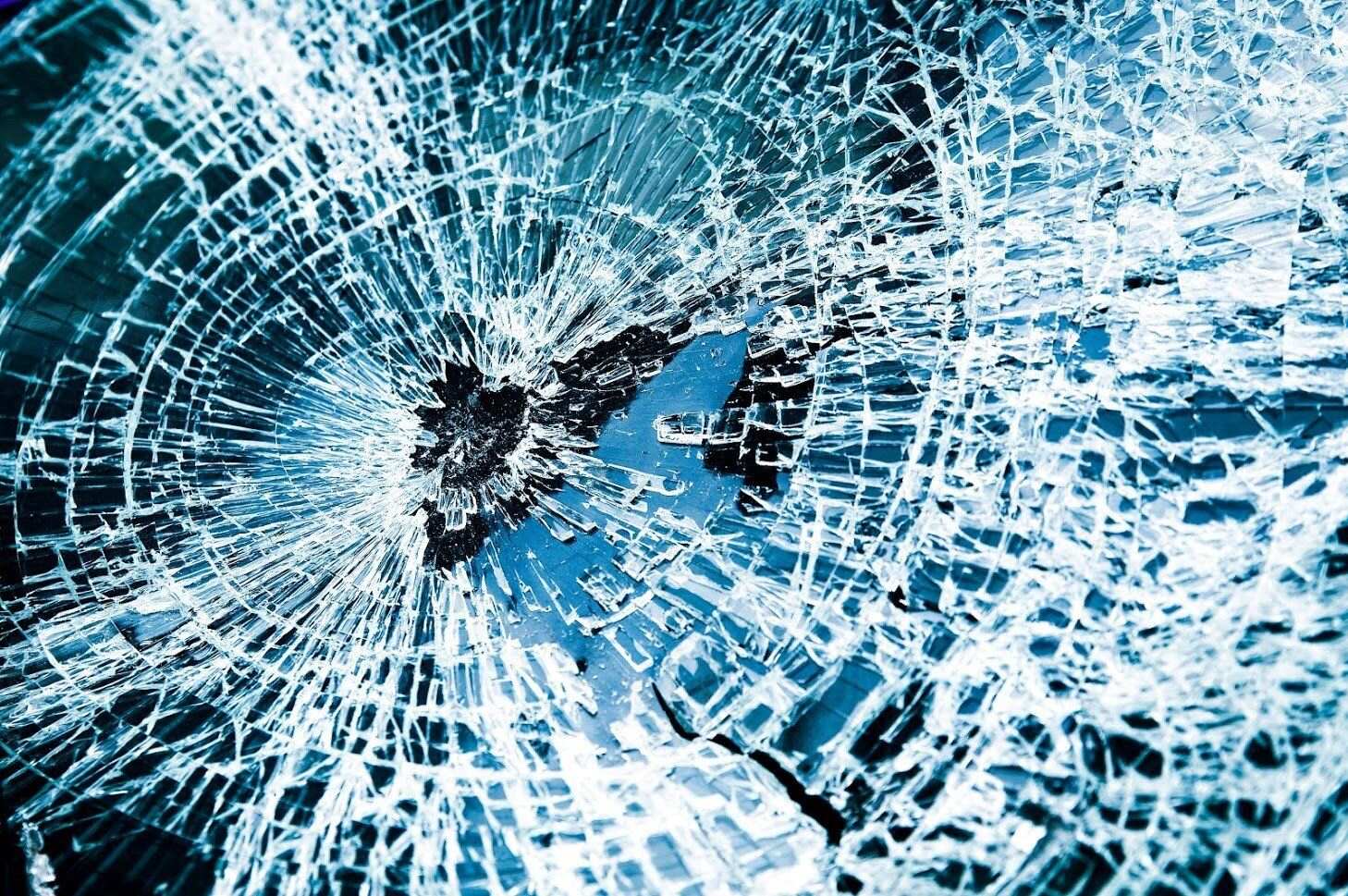
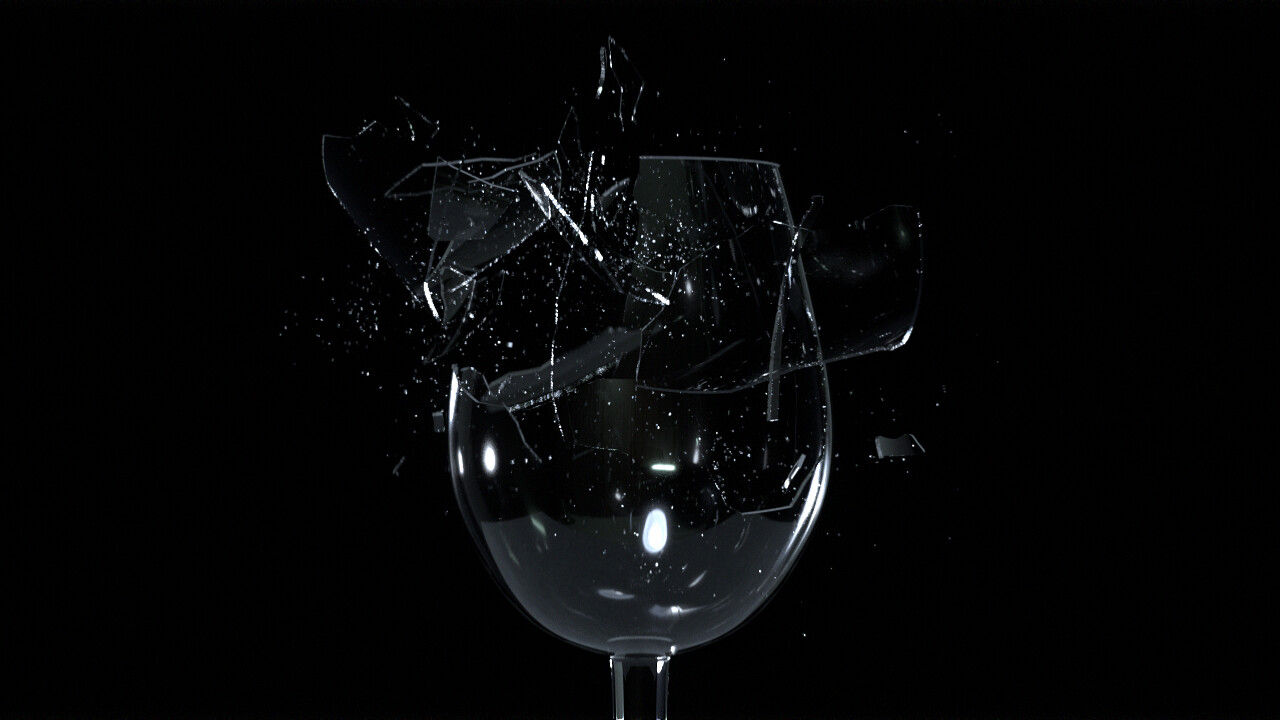


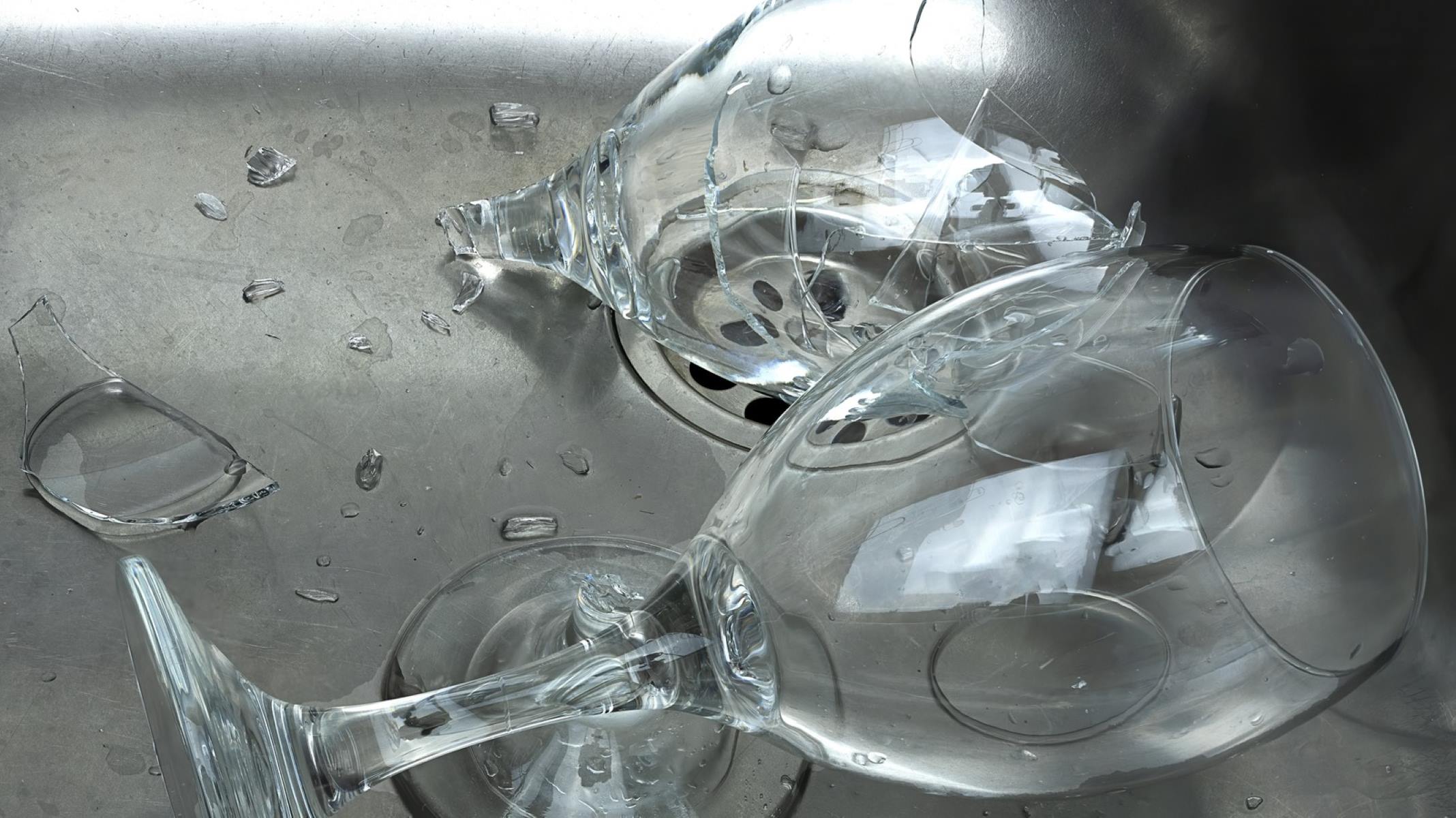
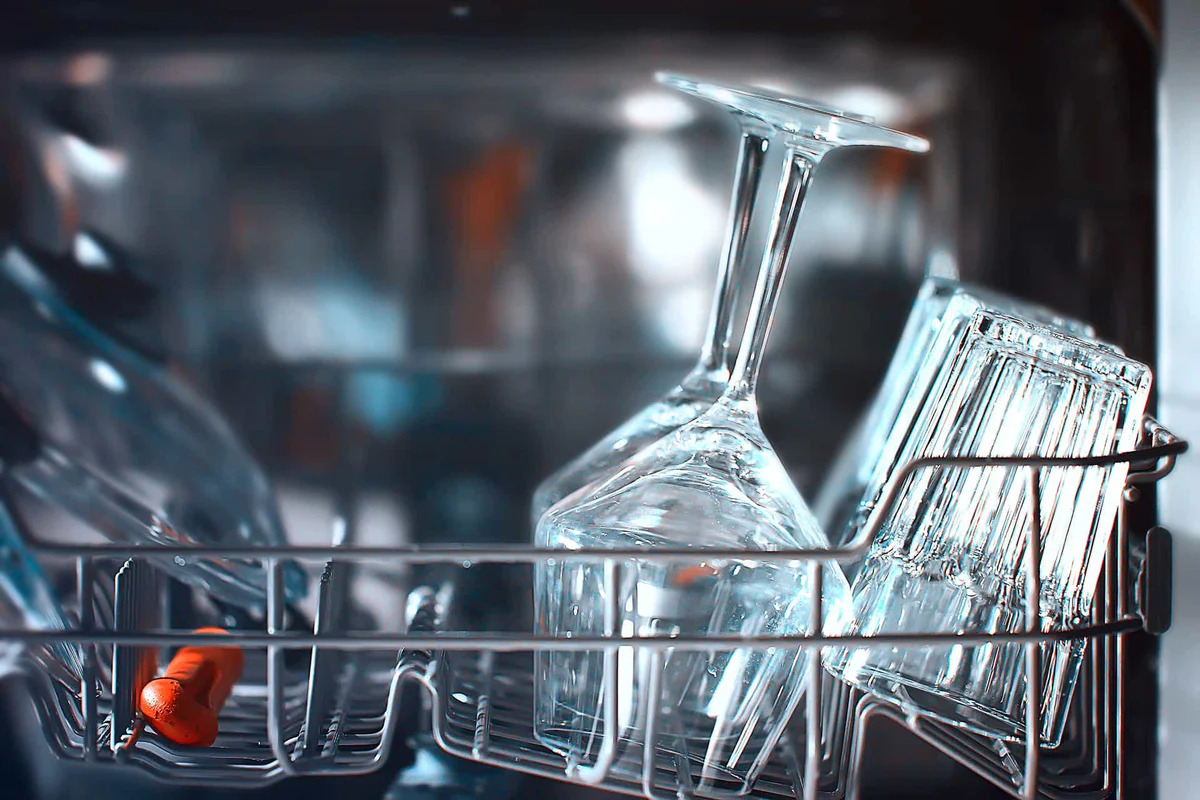
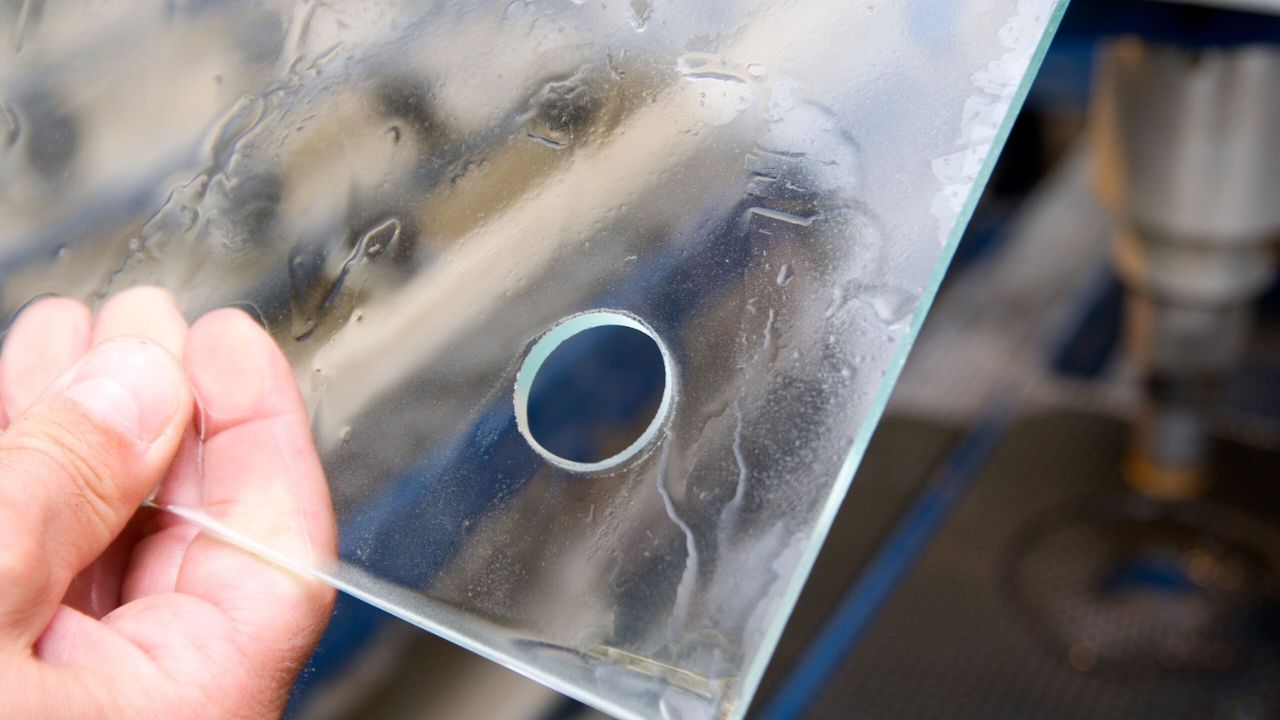
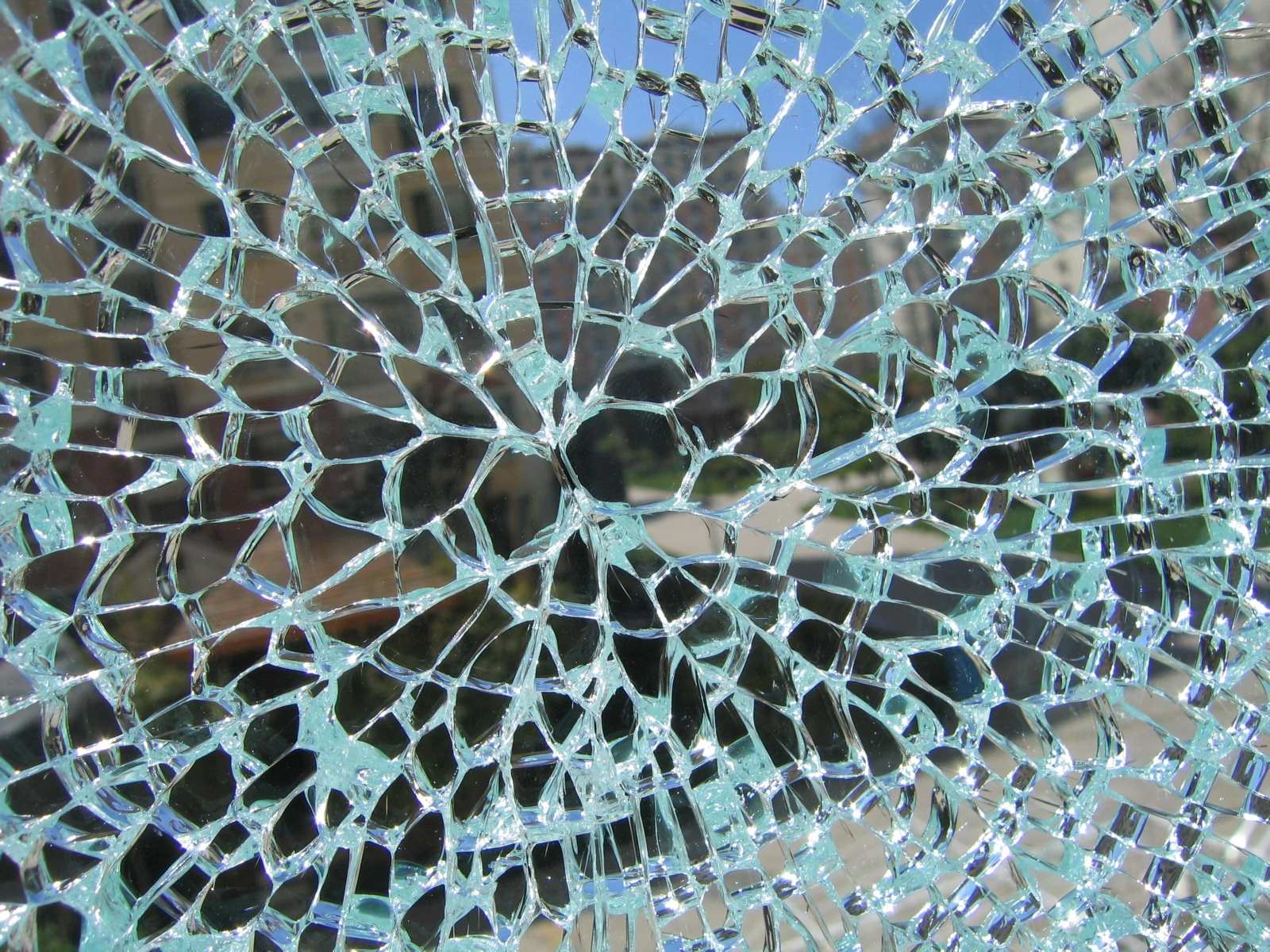
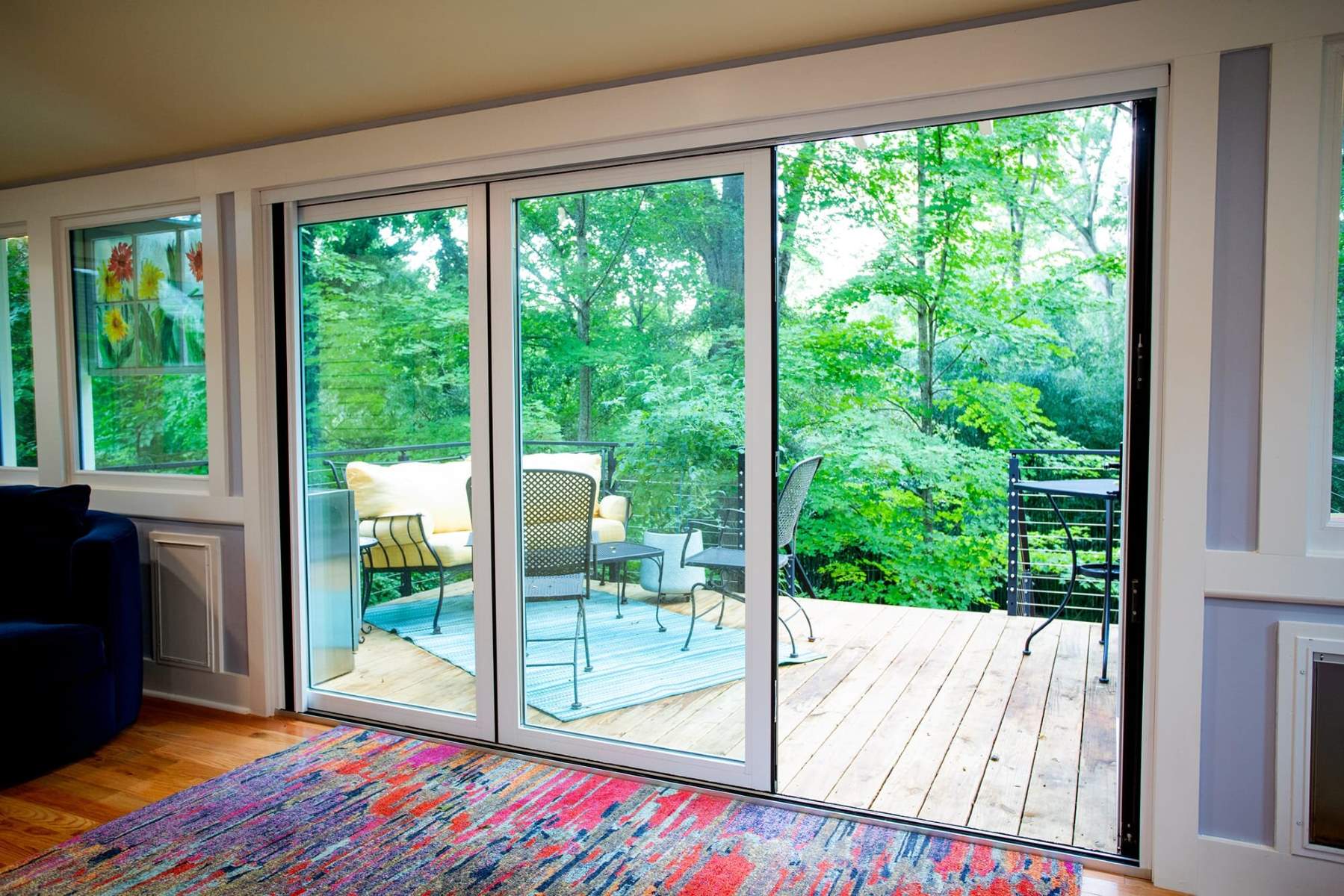


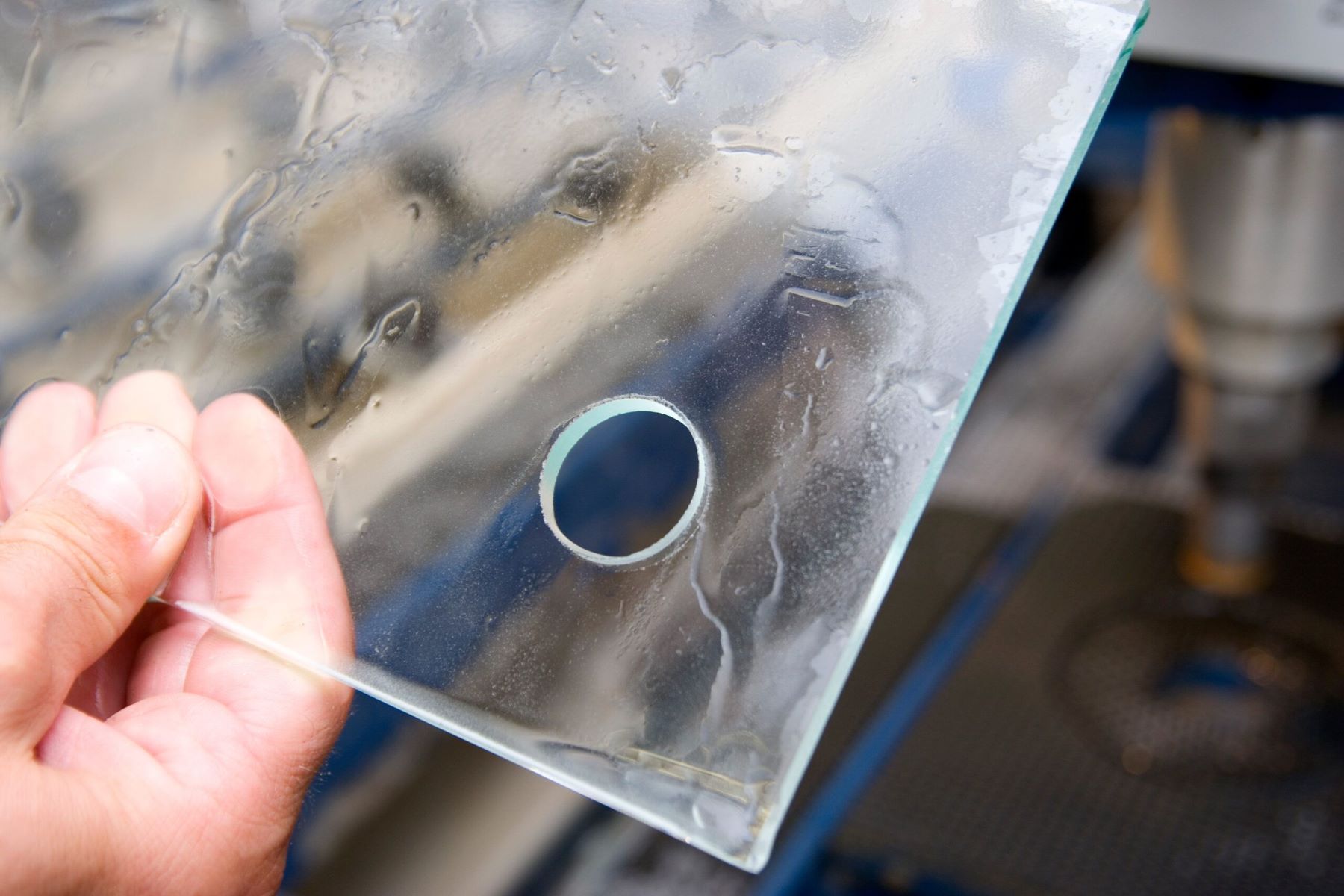

0 thoughts on “What Can Go Through Glass Without Breaking It”